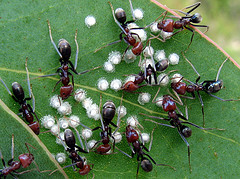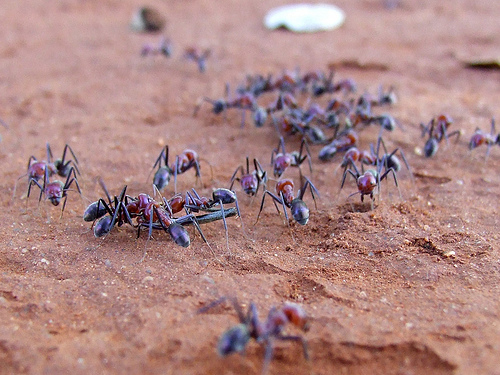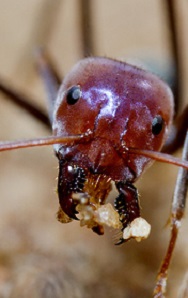Classification
Domain: Eukarya
The eukaryotes are organisms whose cells have true nuclei and
membrane-bound organelles (Campbell and Reece 2008).
Kingdom: Animalia
Members of this kingdom are multicellular and heterotrophic
(Campbell and Reece 2008).
Phylum: Arthropoda
This phylum is known as the most abundant phylum to date.
Arthropods are characteristic of having segmented bodies, paired and
jointed appendages, and bilateral symmetry. Another key
characteristic is the presence of an organic exoskeleton which is
shed through the process of ecdysis.
Spiders, Insects,
Crustacea, and trilobites are examples of arthropods (Encyclopedia
of Life 2012).
Class: Insecta
The class insecta represents approximately 90% of all multicellular
life on Earth. Primary characteristics of this class include
three pairs of legs, segmented bodies including a head, thorax,
abdomen, and antennae. Compound eyes are also characteristic
to this class (Tree of Life 2002). Other species that fall
into this category include the
Mayfly and the
Water Scorpion.
Order: Hymenoptera
The organisms in this order include a large variety of the groups:
wasps, bees, ants, and sawflies (Encyclopedia of Life 2012).
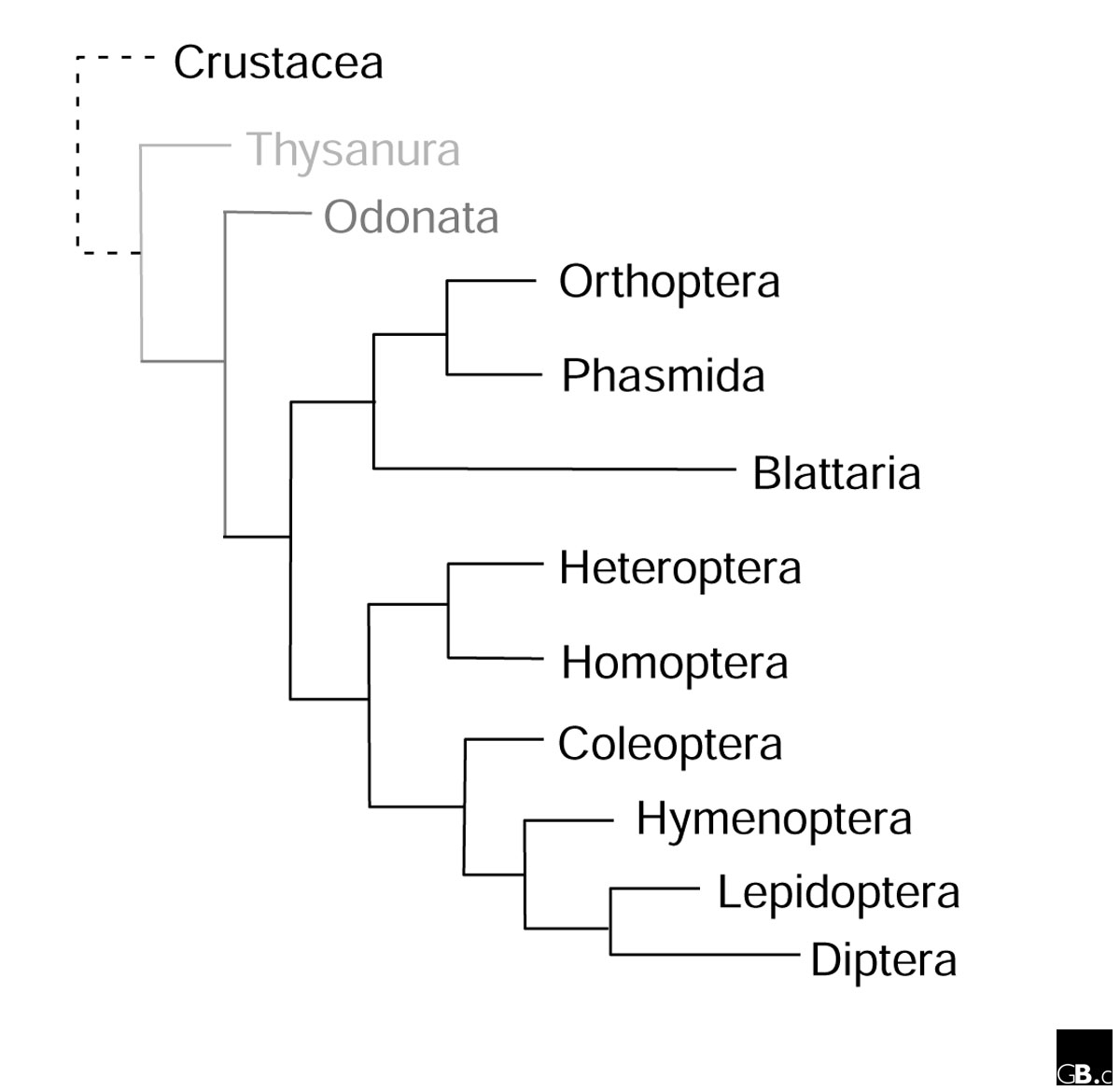
Figure 1: Iridomyrmex purpureus is a member of the
Hymenoptera order. Its most recent common ancestor lies within
the order of Coleoptera. This order includes many different
species of beetle including the
Predaceous
Diving Beetle.
Family: Formicidae
Members of this family are classified as ants and are typically
eusocial and contain pinched waist that connects the thorax to the
abdomen. This family also possesses a metapleural gland, a
secretory gland unique to ants (Tree of Life 2002).
Genus: Iridomyrmex
This genus is defined by the blue-green iridescent luster of the ant
body giving them the nickname “rainbow ants” (Queensland 2013).
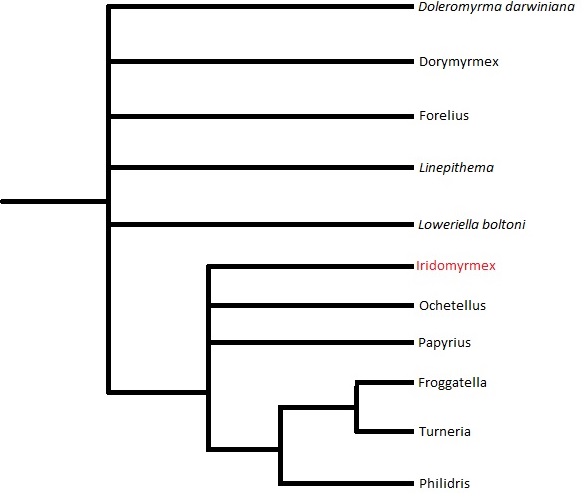
Figure 2: Phylogenetic tree focusing on Genus Iridomyrmex, the
genus in which the Meat Ant is found. This phyologenetic tree
was made by Jake Koeshall.
Species: Iridomyrmex purpureus
This species is around 6-7mm long in size, generally reddish or
reddish brown, iridescent purplish luster, and found in Australia
(Thomas et al. 1998).
Latin Translation of Iridomyrmex purpureus: Purple Rainbow
Ant
Common Name: Meat Ant or Gravel Ant
Click here to continue to the Habitat page
